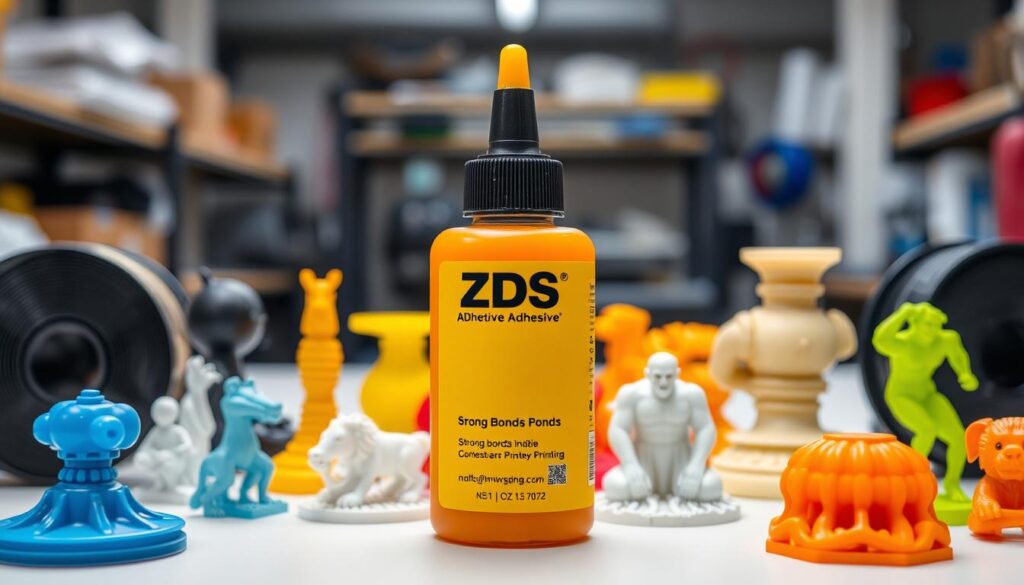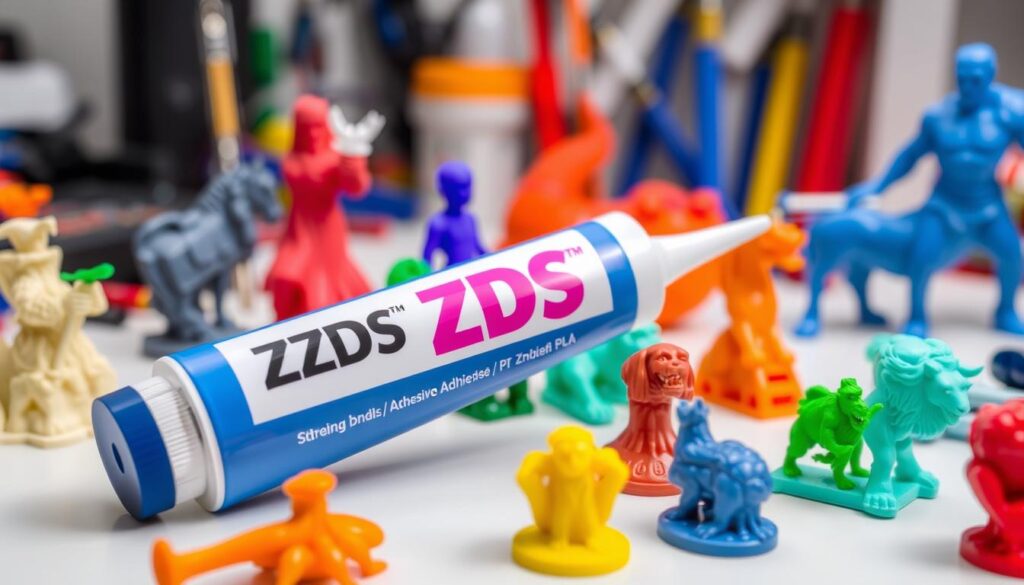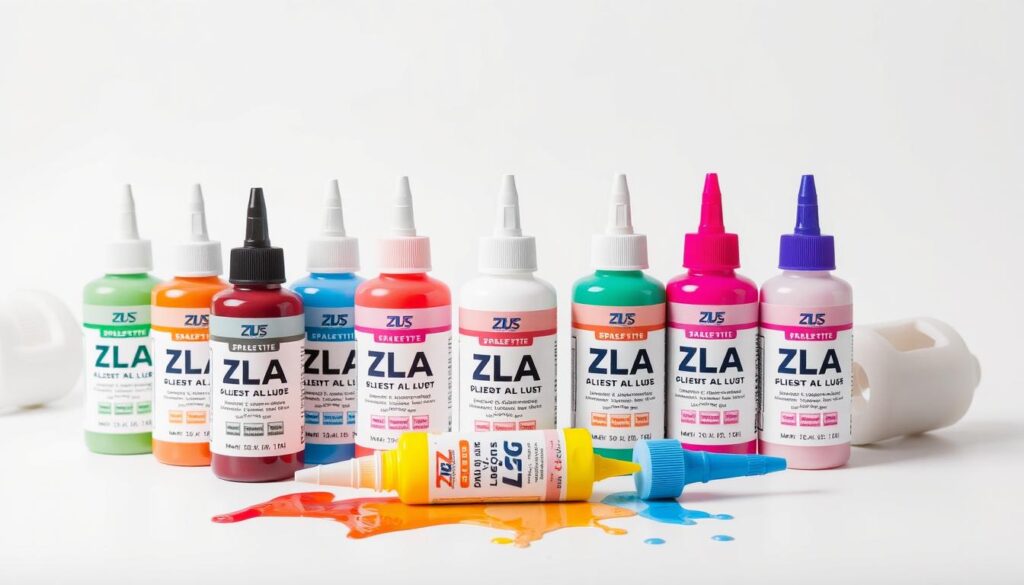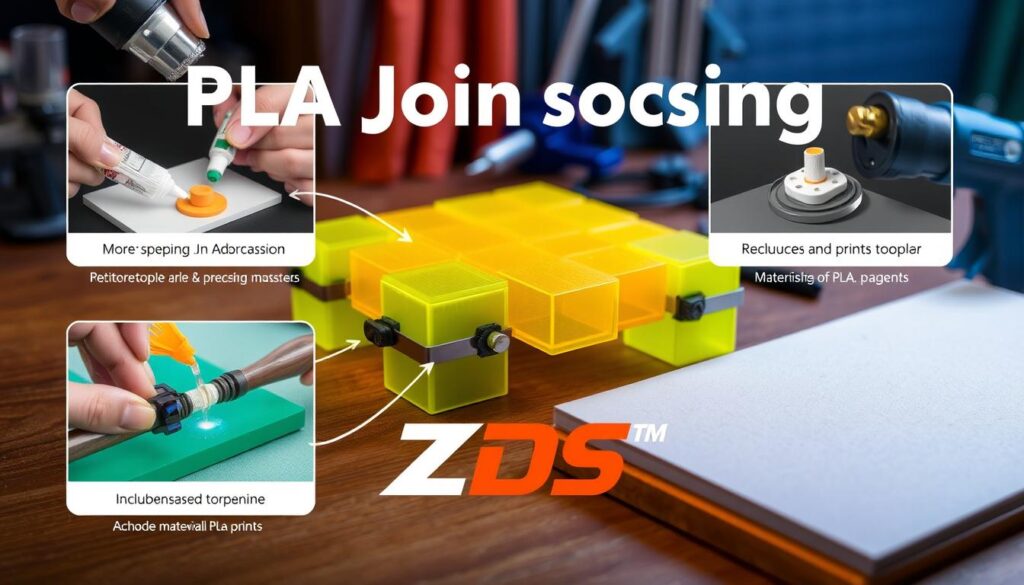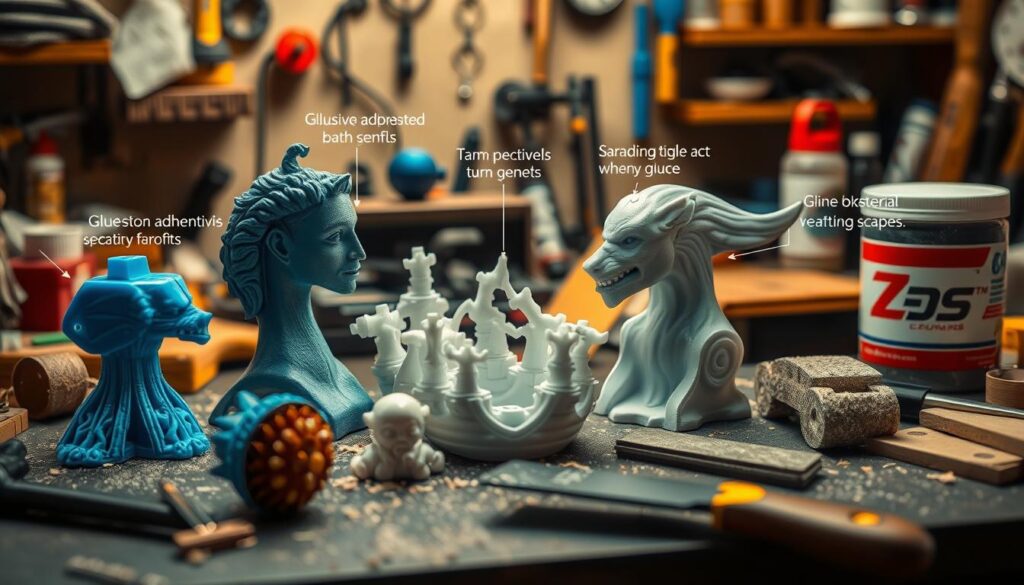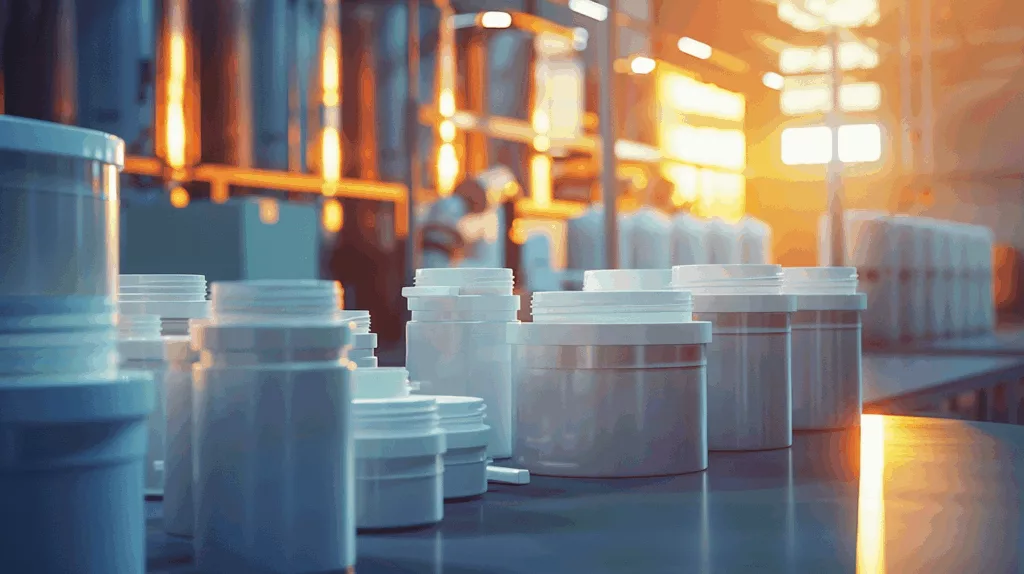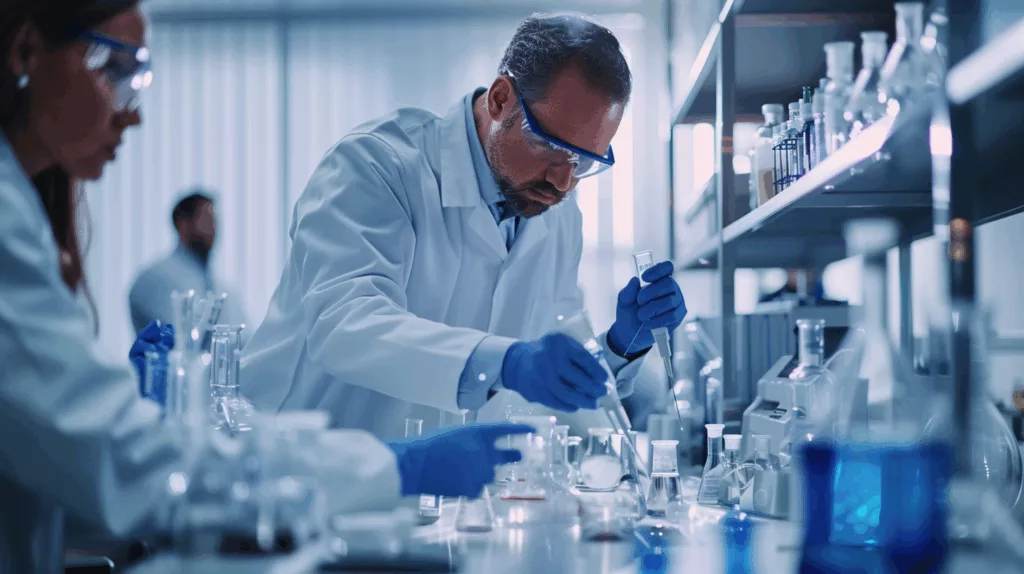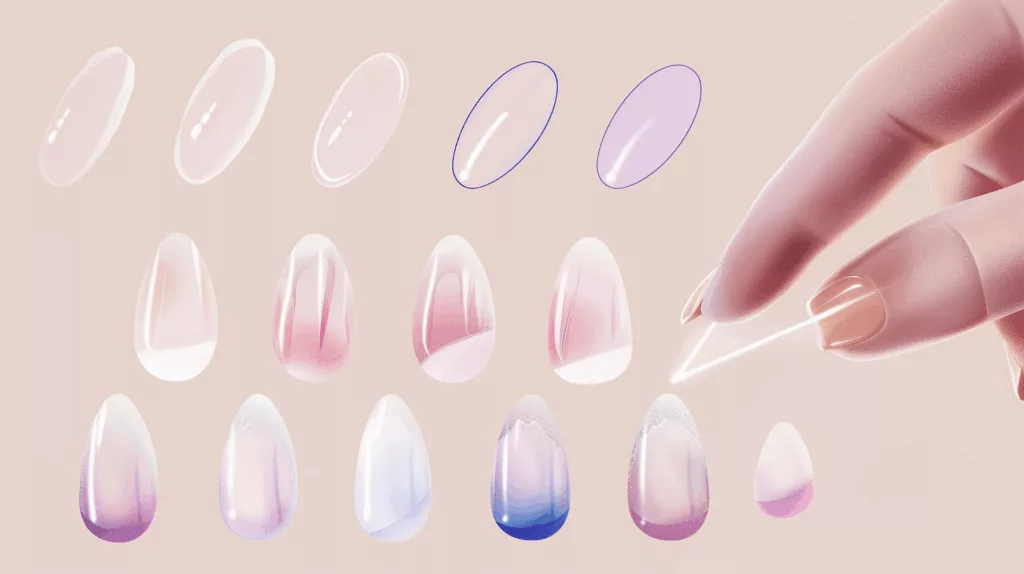When you’re 3D printing, making sure parts stick together well is key. This is especially true for PLA (Polylactic Acid). The right glue can make your projects last longer and work better. Whether you’re just starting out or you’re a pro, we’ve got you covered.
Our guide will show you the Top Glues for PLA. You’ll get expert advice, product recommendations, and answers to your questions. Let’s dive into making your PLA projects strong and lasting.
Key Takeaways
- Understand the properties of PLA and why choosing the right adhesive is important.
- Discover the most effective glues for different PLA applications.
- Learn expert tips for achieving the strongest glue for PLA bonds.
- Find answers to common questions about PLA adhesives.
- Get step-by-step instructions for gluing PLA parts together.
Introduction
The world of 3D printing has changed how we turn digital designs into real things. PLA (Polylactic Acid) is a top choice because it’s easy to use and good for the environment. It’s great for making prototypes, models, and even parts that work.
But, keeping these 3D printed items strong can be tricky. You need to find the right glue. Choosing the best glue for PLA is hard because not all glues work well with it. This is especially true for different types of PLA projects.
This article will help you find the right glue for PLA. We’ll cover everything from PLA’s basics to the strongest glues for it. By the end, you’ll know how to make your 3D printed items strong and high-quality.
Understanding PLA and Its Properties
PLA, or Polylactic Acid, is made from renewable sources like corn and sugarcane. It’s eco-friendly and popular in 3D printing. To use pla glue well, knowing PLA’s properties is key.
PLA melts at 180 to 220 degrees Celsius. This makes it easy to shape but can make it soft in high heat. It’s also very stiff, which is good for keeping shapes but not for flexibility.
PLA can also react to chemicals, affecting glue choice. This shows why picking the right best glue for pla models is crucial.
For strong bonds with PLA, the right glue is needed. Different glues work better with PLA. Knowing the best glue helps create lasting, strong joins for any project.
Choosing the Right Adhesive for PLA
Choosing the right adhesive for PLA is important for a strong bond. You should consider bond strength, setting time, and chemical compatibility. Options like cyanoacrylate, epoxy, and polyurethane-based glues are good choices.
Cyanoacrylate, or super glue, is the best super glue for PLA. It sets fast and has strong bonds, great for quick fixes. But, it’s not the best for stressed joints because it’s brittle.
- Epoxies are strong for bonding PLA. They resist wear and tear well. But, they take longer to set than super glue.
- Polyurethane-based glues work well on many surfaces. They offer a flexible bond for PLA, good for projects needing some give.
To glue PLA together right, know what your project needs. For small parts, super glue is quick. But for strong structures, epoxies are better. For projects needing some flexibility, polyurethane glues are a good choice.
Top Glues for PLA Applications
When picking glue for 3D printed parts, think about what you’re making. It’s key to pick the right glue for your project. This ensures a strong bond.
Cyanoacrylate glue, or super glue, is great for small, detailed models. It dries fast but can break easily. People like it because it’s easy to use and bonds quickly.
Epoxy resin is the top pick for big, sturdy parts. It’s strong and lasts long. Users say it’s durable, but it takes longer to dry than super glue.
For parts that need to move, like joints, use silicone-based adhesives. They’re flexible and hold well. Users like how they stay flexible and stick to PLA well.
| Application | Recommended Glue | Pros | Cons |
|---|---|---|---|
| Small Intricate Models | Cyanoacrylate (Super Glue) | Quick bonding, easy to apply | Can be brittle |
| Larger Structural Parts | Epoxy Resin | Strong, durable | Longer setting time |
| Flexible Joints | Silicone-Based Adhesives | Maintains flexibility, strong hold | Longer set time |
Choosing the best PLA glue depends on your project. Pick a glue that fits your PLA needs for the best results.
Step-by-Step Guide to Gluing PLA
When working with PLA joining techniques, a strong bond is key. Follow this guide for the best results with adhesive methods for PLA.
- Surface Preparation: Start by cleaning the PLA surfaces you want to bond. Use isopropyl alcohol to remove grease, oil, or residue. This step is vital for a good bonding PLA plastic bond.
- Sanding: Lightly sand the surfaces with fine-grit sandpaper. This makes the surface rough, helping the adhesive stick better.
- Dry Fit: Before applying adhesive, dry fit the pieces to check alignment. Adjust as needed for a perfect fit.
- Adhesive Application: Pick the right adhesive for your needs. Superglue or cyanoacrylate is good for quick assembly. Epoxy is better for strong bonds in larger or structural parts.
- Clamping and Alignment: After applying adhesive, press the pieces together and clamp them. Make sure the pressure is even to avoid misalignment.
- Curing Time: Wait for the right curing time based on the adhesive. Superglue sets fast, but epoxy takes hours to reach full strength.
- Final Touch: Once the adhesive is set, clean up any excess glue. Sanding or trimming can help achieve a clean finish on the bonded PLA plastic.
Here’s a look at different adhesive methods for PLA:
| Adhesive | Strength | Setting Time | Preferred Use |
|---|---|---|---|
| Superglue (Cyanoacrylate) | Moderate to High | Seconds to Minutes | Quick fixes, small parts |
| Epoxy | Very High | Hours | Structural bonds, large parts |
| PLA Solvent Glue | High | Minutes to Hours | Seamless joints |
Choosing the right PLA joining techniques ensures a durable bond. Don’t rush; each step is important for a solid and lasting bond.
Troubleshooting Common Issues
Dealing with PLA glue problems can be tough, but most issues have solutions. Knowing what to do about common problems helps fix PLA adhesion issues and boost bond strength. Here, we share tips on common troubles and how to fix them.
Weak Bonds: One big problem is weak bonds. This might happen if surfaces aren’t prepared right or if the wrong glue is used. Make sure surfaces are clean and a bit rough before gluing. Also, using a top-notch glue made for PLA can make bonds stronger.
Uneven Gluing: Uneven glue application is another issue. It looks bad and weakens the bond. To fix this, use a glue applicator with a thin tip for accurate application. Applying glue steadily and evenly helps get better results.
If you keep having PLA glue failure, think about the environment. Too much humidity or changing temperatures can harm the bond. Keeping your PLA and glue in a stable place can help.
Also, some glues don’t work well with PLA. They might break down instead of sticking. Trying different glues like cyanoacrylate or epoxy might work better because they stick well.
“The key to successful PLA adhesion lies in choosing the right adhesive and preparing the surfaces adequately.”
By tackling these common issues, you can make your PLA bonding better. Keep checking and improving your methods for lasting, quality PLA projects.
Advanced Techniques and Considerations
Understanding how environment affects PLA bonding is key. Humidity, temperature, and surface cleanliness all matter. Keep your workspace conditions steady for better bonding.
Stress analysis helps predict how long your PLA parts will last. Using software to check stress points is smart. Expert PLA adhesive tips can make your projects stronger.
Accelerators and primers are crucial for gluing. They cut down curing time and boost bond strength. Here’s a table showing their benefits:
| Accelerator/Primer | Benefits | Tips for Use |
|---|---|---|
| Cyanoacrylate Accelerator | Speeds up the curing process | Apply sparingly to avoid overheating |
| Epoxy Primer | Enhances bond strength on rough surfaces | Ensure surface is clean before application |
| Polyurethane Primer | Improves adhesion on flexible parts | Apply a thin, even layer for best results |
These expert PLA adhesive tips and advanced bonding techniques can greatly enhance your projects. They ensure stronger, more lasting bonds.
Conclusion
As we’ve explored 3D printing with PLA, choosing the right adhesive is key. Securing PLA bonds is crucial for your projects’ success and durability. It ensures they last long.
We’ve looked at PLA properties, picked the best adhesives, and solved common problems. Our final thoughts on best glue for PLA highlight the need for practical use. The right glue boosts your projects’ strength and quality, whether you’re a hobbyist or pro.
Your 3D printing journey continues. With these tips, you’re ready to get great results. Remember, mastering securing PLA bonds comes from learning and trying new things. Happy printing!
Further Resources
For those who want to learn more about PLA bonding, many resources are available. Technical data sheets from companies like ZDS, Loctite and 3M offer detailed information. They explain the chemical properties and bonding strengths of various adhesives on PLA.
These documents are key to understanding which glues work best with PLA. They help you choose the right adhesive for your projects.
YouTube is also a great place to find instructional videos on advanced gluing techniques. Channels focused on 3D printing share tips and tricks for working with PLA. These videos can help you understand how to apply what you’ve learned in practice.
For the latest in 3D printing, check out forums like Reddit’s r/3Dprinting or the 3D Printing Stack Exchange. These places are full of user experiences and solutions. They offer valuable information on 3D printing bonding.
By joining these discussions, you can stay up-to-date with new practices and products. This ensures your PLA projects are always at the forefront of innovation.
FAQ
What glue works best on PLA?
The best glue for PLA depends on the task. Cyanoacrylate (super glue) like Loctite or Gorilla Glue is top-notch. It sets fast and bonds strongly. Epoxies and specialized PLA glues like ZDS™ glue are also great for tough jobs.
Can you use Gorilla Glue on PLA filament?
Yes, Gorilla Glue works well on PLA filament. Their cyanoacrylate-based super glue is especially good. The polyurethane Gorilla Glue also works, but it might need more time and prep.
Is superglue good for PLA?
Absolutely! Superglue, or cyanoacrylate, is a top choice for PLA. It bonds quickly and holds strongly. It’s perfect for small, detailed 3D printed parts.
How to join two PLA pieces together?
To join PLA pieces, roughen the surfaces first. Then, apply a small amount of glue like superglue or epoxy. Press the pieces together and hold until the glue sets. Clamping helps for a strong bond.
Can I glue PLA with acetone?
No, acetone doesn’t work well with PLA. It dissolves ABS, not PLA. Use specialized PLA adhesives or superglue for better bonding.
Is wood glue good for PLA?
Wood glue isn’t the best for PLA. It’s made for wood and paper. For PLA, use plastics-specific adhesives like cyanoacrylate superglues or epoxies.

